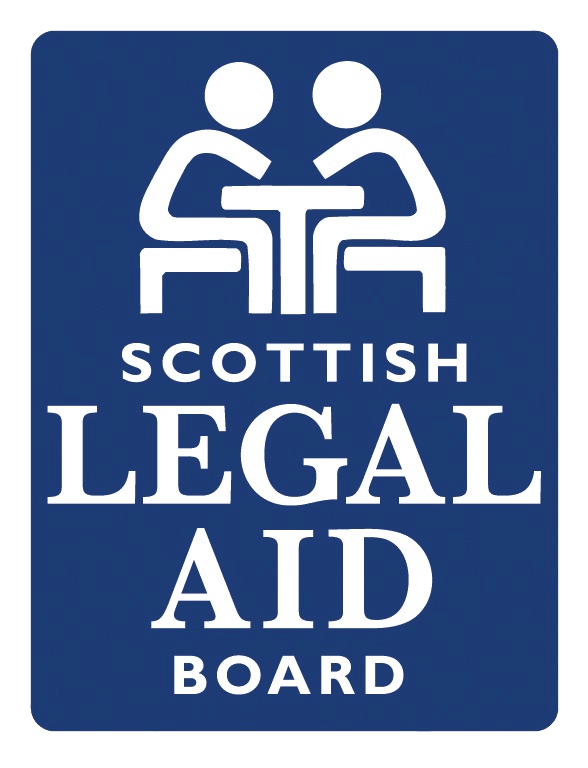Cumbernauld man refused an appeal at the High Court of Justiciary against his conviction for assaulting another with a knife nearby to a local shop. Gary Orr was found guilty and sentenced to a 30-month cumulo penalty. Mr Orr argued that the trial judge should have provided the jury with different directions in relation to problems with identification.
At trial CCTV footage was made available to the jury. The footage showed a man with a Mohican haircut and wearing a fur lined parka jacket. The individual was identified as the appellant and was seen entering the shop. Further to this, footage was shown outside the shop the again showed an individual. The police identified this individual as being the appellant. However, not wearing a parka, making gestures to the complainer with slashing motions and chasing him towards the shop. At the time accompanied by another. Also, a shiny objected could be seen in his hand, this was presumed to be a knife.
Another witness who had been in the shop at the time, Mr McGarr, provided evidence which suggested that the man inside the shop was not the complainer. Instead, he was one of the two men who attacked the complainer outside of the shop. The complainer was unable to recall anything that occurred and as a result was not asked to identify the appellant. Two police officers, DC Murray and PC Greenhorn, viewed the footage and both identified the appellant. However, the officers had not physically seen the appellant prior to the trial. Further to this, the officer who had cautioned and charged the appellant could not identify him from the CCTV.
In directing the jury the sheriff stated that they had to judge the soundness of the identifications from themselves and “take special care in assessing the quality of the evidence”. The sheriff directed the jury that they had to be satisfied that they could rely on the substance of what the witnesses had said and would need to be able to accept the evidence of the two police officers where they positively identified the accused.
It was submitted for the appellant that as DC Murray and PC Greenhorn had not met the accused prior to identification their evidence was unfair and flawed. In addition to this, the direction from the sheriff had not been clear and was conflicting in relation to identification as the jury were told they could make up their own minds about the CCTV images but had to accept the identification evidence of the two police officers in order to convict.
At appeal, Lord Carloway stated: “Mr McGarr [testified] that the person who had carried out the attack on the complainer was somebody whom he knew to be called Gary Orr. The appellant was identified as being Gary Orr by the police who cautioned and charged him. He would have answered to that name in the sheriff court.”
He continued: “The strength of this evidence derives from the unlikely coincidence of Mr McGarr’s statement that it was Gary Orr who had carried out the attack and the person in the parka seen in the CCTV images, and later involved in the stabbing, being identified by the police officers as Gary Orr.”
In consideration of the evidence, he went on to say: “The images, especially those showing the man in the parka entering the shop, were sufficiently clear to permit identification by a jury of the appellant. There was sufficient in the other images for the jury to conclude, on their own viewing, that the attacker was the same person who had been wearing the parka.”
In addressing the trial judges directions, Lord Carloway stated: “The sheriff’s directions on identification might have been clearer on the scope for the jurors to form their own view on whether the CCTV images showed the appellant and the place for the image comparison testimony of the two police officers. Technically, the jury did not have to be satisfied that the two police officers had correctly identified the appellant, since the jury could have made up their own minds upon whether the appellant was shown in the CCTV images.”
In concluding he said: “If they did not accept that the appellant was shown in the images, they could hardly have accepted the identification evidence of the police officers. There was no misdirection. Even if there had been, it was a direction in favour of the appellant. It could not have resulted in any miscarriage of justice.”
As a result, the appeal was refused.


